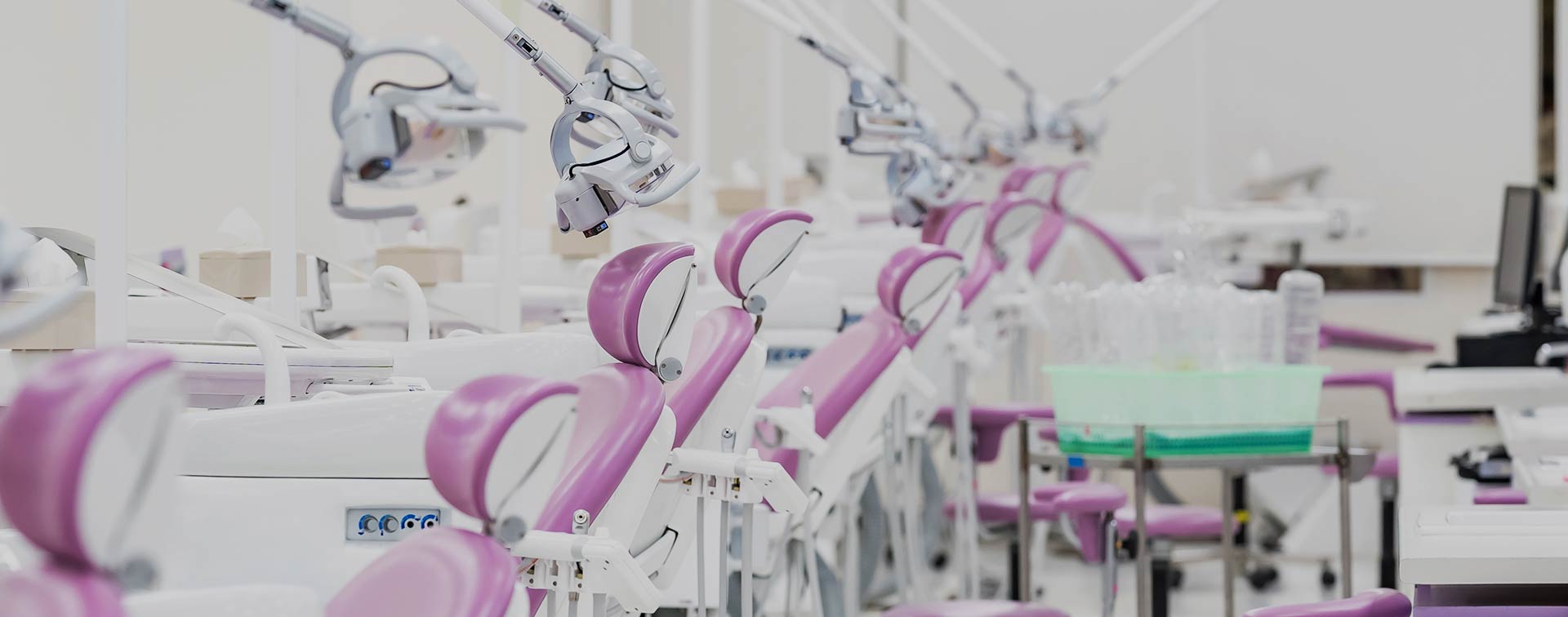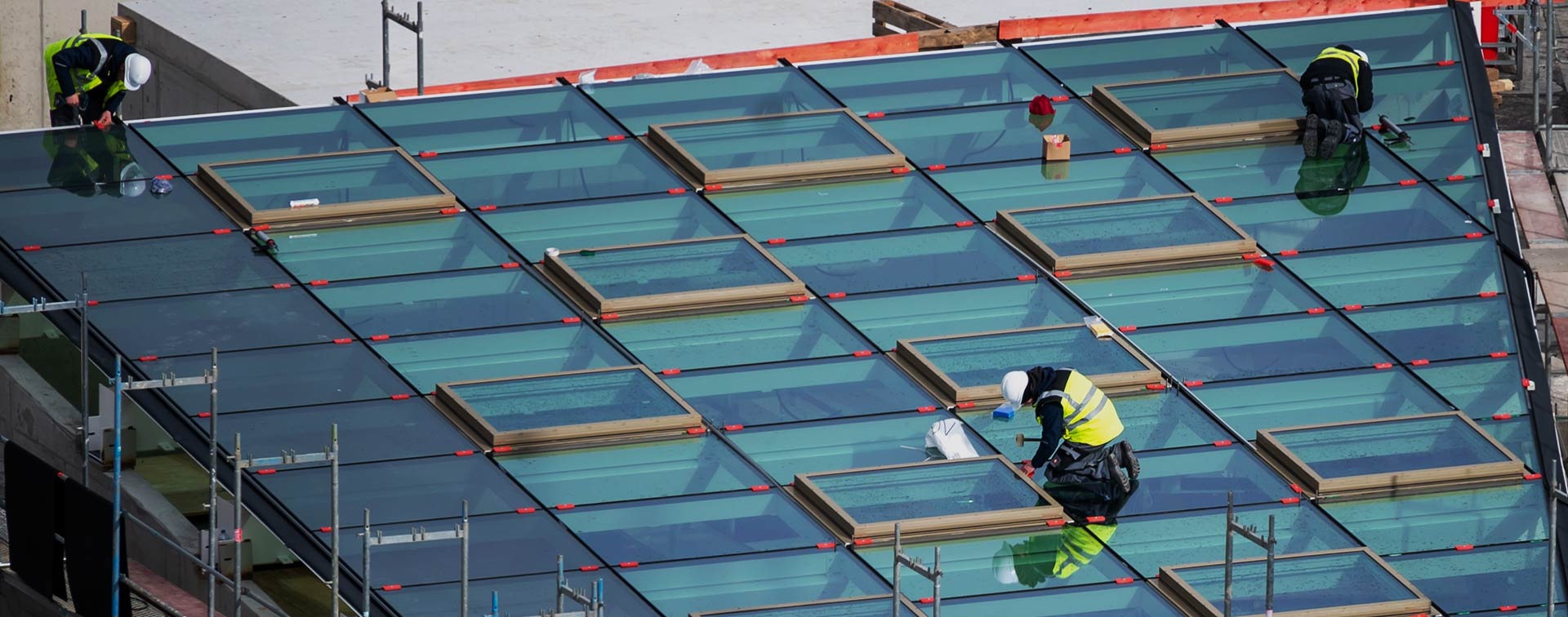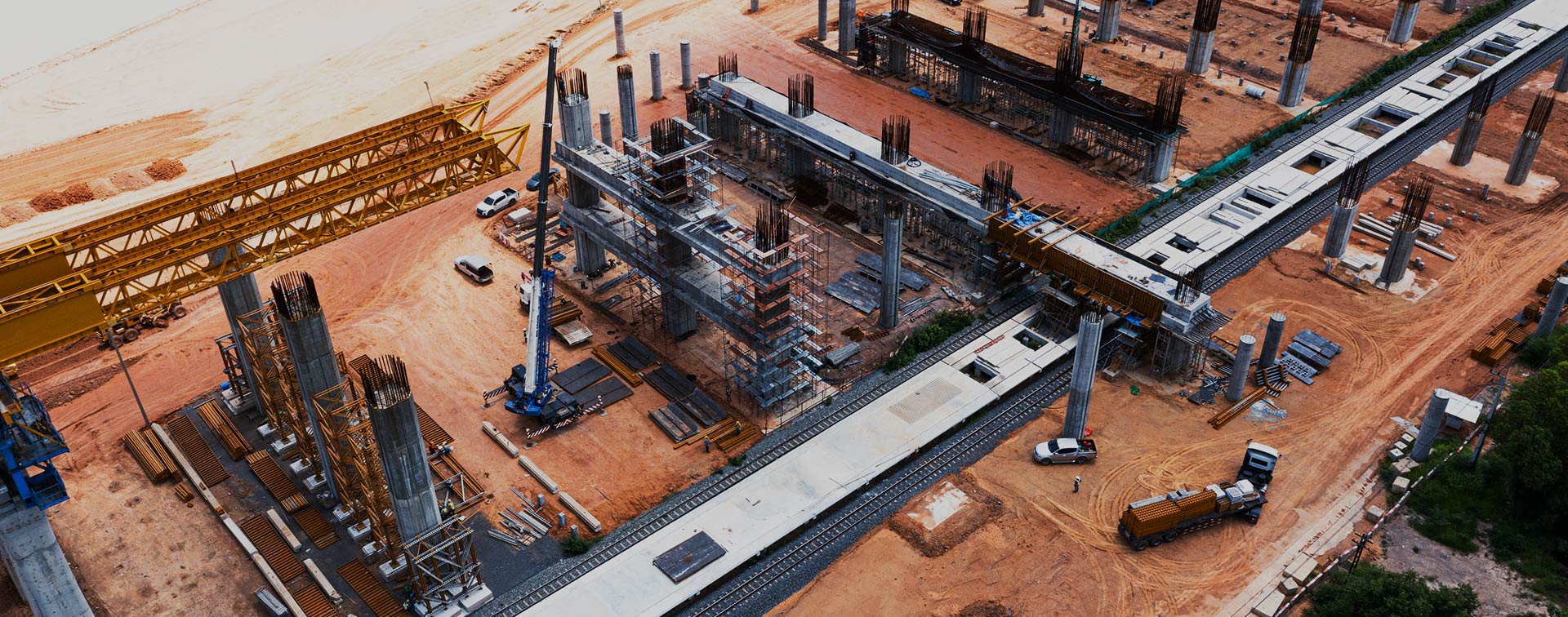In the past decade the manufacturing industry in Australia has changed dramatically, and so has Manufacturing Software (also known as MRP software). Interestingly, the concept of Enterprise Resource Planning software was born in the manufacturing industry. In the late 1960’s, two pioneers of early mainframe computing, Black and Decker and Toyota were the first two major companies to invest significant amounts of time and money in software that at the time was considered revolutionary.
The main functionality that was available on these systems was the ability to calculate material supply and input requirements and estimate production yields. For companies like Black and Decker, this meant that hey could more confidently increase production, demand and supply plans and streamline the administration of both new product design and continual production improvement.
Modern Manufacturing Software is Changing
In the 1980’s decade, the concept of ERP really became common terminology and the MRP software’s functionality started to expand into other areas of a manufacturers core operation. At this point in time, different software vendors started to roll in more functionality, which made these software packages more useful across the wider business.
Most commonly, accounting and financial management functionality became a part of a core MRP Software’s functionality set, but it wasn’t until recently that software vendors started to look at the requirements of a growing manufacturing business more holistically.
When broken down, most business can be divided into a few key business units. These units should work together seamlessly from marketing and sales, through to procurement and production and finally in accounting and financial management.
Traditional ERP software was designed to help streamline only two of these key business areas. Demand and Supply Planning, and Procurement and Inventory Management. However, as time has progressed and technology has gotten better, modern manufacturing software has evolved into complete business solution, with the intent on providing a single system to manage an entire manufacturing operation.
So, how does Traditional MRP Software Compare to Modern Manufacturing Software in 2019?
When comparing modern Manufacturing Software, you should expect to see the same functionality as traditional and legacy ERP systems, as well as other integrated modules that extend the functionality of the application and eliminate the need for managing multiple systems.
Functionality |
Traditional ERP/MRP |
Modern Manufacturing Software |
Customer Relationship Management (CRM) |
Key Information about a customer and contacts in the organisation. Limited customer performance reporting due to separate CRM being used to manage sales and opportunity pipeline. |
CRM and Marketing are on platform, and allows users to track leads, prospects, opportunities as well as define sales processes and automate workflows. Modern manufacturing software also provides customer performance reporting out of the box, to show any user key information such as customer order frequency, support calls, time to pay and more. |
Quoting and Estimating |
Traditionally, quoting and estimating is done outside of the system, usually in Excel spreadsheets and Microsoft word documents. Quotes are not kept in a single place, so the ability to forecast sales is difficult. |
Modern Manufacturing Software provides out of the box functionality to quote and estimate based on existing BOM’s, previously completed jobs and more. In addition, a good manufacturing software will allow uploading of BOM and Work Order information, rather than having to key everything in from scratch if an order comes to fruition. |
Invoicing |
In older systems, invoicing is generally done externally to the MRP in a dedicated product like MYOB or Xero. These invoices are created manually, and then fed into the accounting and financial management system. This information isn’t linked to CRM or Support/Service Tickets which makes it more difficult to provide complete customer information or reports to management. |
Now, invoicing is just another stage in the lifecycle of a customer order. What starts as a marketing lead or enquiry, can be simply upgraded to a quote, which can then be turned into an invoice in seconds. Because all invoice information, as well as previous purchase and order history, service and support calls and marketing information is in the one system, a complete 360 degree view of the customer can be achieved. |
BOM and Work Order Creation |
Most MRP solutions offer very robust BOM tracking and creation. Creating this BOM as well as tracking the required inputs and outputs after manufacturing is the core of what these systems are designed to do. This however, is rarely linked to any other business data which means that reporting and KPI tracking is manual, slow and usually done retrospectively. |
Newer Cloud ERP solutions provide the same, if not better functionality when it comes to the creation, management and updating of the BOM for both standard manufactured items and custom jobs. These types of software are designed to be flexible, editable and make Work Order issuance and execution simple. |
Production Scheduling |
Whilst a lot of MRP software have some concept of production scheduling, due to the age of the technology they are rarely as sophisticated and integration as modern Manufacturing software. Similarly, because they are server based and generally on premise , attempting to digitise data capture on the shop floor can be expensive and inaccurate. Many manufacturers still rely on paper travellers and work orders because the scheduling functionality in their software is not flexible enough to meet their needs. |
Modern Manufacturing software comes out of the box with smart scheduling and resource and work centre allocation functionality. Because these systems hold all master data regarding a customer order, or an internal work order they are able to generate sophisticated supply and demand plans that can automatically feed into the work order and production modules and define what should be manufactured and when. Many manufacturers are now turning to tablet technology, to allow for fast and more frequent data capture on the factory floor, which means manufacturers are enjoying the benefits of more accurate job costing and costing. In an industry with shrinking margins, efficient use of machine and human time and effective materials planning is key. |
Work Order Completion |
Work Order completion, in an older MRP Software is an administrative step that is often taxing on back office staff. This is because in most cases, work order completion data is captured on paper, and then manually keyed into the MRP system. This creates two problems.
|
Modern Manufacturing Software is able to extend to the shop floor and provide a user-friendly way to capture manufacturing data. In 2019, tablet technology can be implemented very cheaply, and Cloud based manufacturing software can be accessed on any device with a browser. This means that as the shop floor workers are capturing data on tablets, for example waste, units produced in a time period, or time spent changing or maintaining machines and this data is feeding back into their ERP systems in real time. The benefit is that now managers can get live information and see and rectify scheduling clashes or unproductive work centres quickly. |
Industry 4.0 and the IoT are changing manufacturers view of software systems.
We now live in a world that is increasingly connected. Smart Phones now have more computing power than top end PC’s just ten to fifteen years ago. Devices are connected. Data is aggregated.
Now more than ever, manufacturers are turning to technology to give themselves a competitive advantage and to increase the efficiency and effectiveness of their businesses. Hardware, software and sensor technology are now making it possible to automate the collection of information, and modern manufacturing software is giving manufacturers. Similarly, as technology progresses the equipment and machinery that form the core of a manufacturing operation are now coming with this type of sensor technology as standard, as well as controller units that are designed to be integrated too.
Modern Cloud Manufacturing solutions, such as NetSuite have an open API and a set of developer tools to allow quick and flexible integration. This means, that any data being captured by a machine, can now be sent to your ERP and used for business intelligence, dashboarding and reporting and planning.
The impact this is having on manufacturers is huge, as they can now access this information and actually do something with it. Rather than collecting data without an end game in mind.
Modern technology, like artificial intelligence and machine learning is now allowing unprecedented levels of automation on the factory floor. This is not only increasing the efficiency and production levels, but it is also driving lower cost of production.
Where this can be of real value, especially in industry with high risk operations, is the minimisation of manual/human intervention in the manufacturing process.
These automations and workflows can all be driven by the sophisticated in-built tools in a modern ERP/MRP solution.
Key Benefits of Modern Manufacturing Software, like NetSuite.
Modern cloud manufacturing process software is offering users many tangible benefits. These include
NetSuite manufacturing edition provides 360-degree visibility across all facets of supply chain, as well as the interrelated areas of the business, such as sales and marketing and accounting and finance. This wider view is giving manufacturers a complete view of their organisations and empowering them to make better decisions, fast.
NetSuite provides sophisticated automation when it comes to production and capacity planning. The integrated schedule board can be viewed by either work order status or work centre which enables planners to get a real time view of what is happening on the factory floor, as well as the best way to plan upcoming work orders. Because NetSuite is a single system, everyone in the business can have visibility of planned, in production and executed work orders.
QC and compliance are integral to the manufacturing process. Now more than ever, manufacturers are being subjected to strict standards, especially in high risk areas of production such as food and beverage production and chemical manufacturing. Modern cloud systems like NetSuite can be implemented in a way that forces users to follow process and procedure and track all information in a central location.
Cloud MRP could be your unique competitive advantage.
Whilst a number of more forward-thinking manufacturers have been using modern ERP’s like NetSuite for a number of years, many still lag behind due to the perceived difficulty in undertaking a manufacturing software implementation.
Whilst any software implementation comes with unique challenges, the important thing to remember is that the end result is worth the short-term pain.
At Klugo, we have helped hundreds of Australian businesses migrate their existing technology cluster to a single cloud business management suite. Customers who made the leap have consistently reported significant improvements in comparison to their legacy software user experience.
These improvements include:
When a manufacturing business is smaller, managing customers and contacts is relatively easy to do on a simple spreadsheet. However, as time goes by, the business grows and the day to day operation becomes more complex, many manufacturers start to gradually add new software solutions to fix siloed problems. This strategy is not scalable as many have found. Migrating to a single solution simplifies a manufacturers software strategy and gives them the ability to scale the software as their business grows and changes.
Our customers report that the overall efficiency of their team, their shop floor and their business in general sky rockets after moving to NetSuite. Because the system is designed with automation in mind, many tasks that were once very time consuming can now be automated, which frees time up for better planning and strategy execution. Moving to a modern cloud technology streamlines critical business functions and minimises wasted time spent maintaining and replicating data in a number of different systems.
Manufacturing is a complex thing. Most manufacturers rely on their team and their knowledge to keep up with demand and to run efficiently. Whilst software will never replace their value a highly experienced team member can bring to an organisation, it does provide the opportunity to systemise that tacit knowledge to ensure that there is no single point of failure in the business.
So, who is using NetSuite Manufacturing Edition?
Over the past 20 years, NetSuite has established itself as a leader in providing manufacturers across the world with a world class MRP and manufacturing management software.
NetSuite has customers across a range of manufacturer types. These include:
- Make to Stock/Forecast.
Traditional Widget Manufacturing - Assemble to Order.
Assembling products from bought components after an order has been placed by the customer. - Make to Order.
Organisations that make a set range of products on order. - Process Manufacturing.
Customers who rely largely on formulas and recipes - Configure to Order.
Manufacturers who have a base level of product that can be configured to specific user requirements. - Field Repair and Service.
Manufacturers that also provide after sale field service and support. - Engineer to Order.
Design and manufacturing of large or complex products or systems. - Project Driven.
Project based manufacturers that wish to track project progress and job costing.
Feel free to call an expert in Enterprise Resource Planning Systems for Manufacturers today. Find out how cloud-based technology can make your retail business a real beast.


